A visit to The Ara Project
Tue, 12/04/2018 - 09:30 -
With so many nice things to see and do in Costa Rica, it is all about making choices when you are on holidays in this wonderful country. Some very special tours have caught our attention and we love for you to find out why, so you too can enjoy these exclusive experiences and put them on top of your bucket list. For our second blog post in a series of special experiences in Costa Rica, we have chosen a visit to The Ara Project.
Macaws are some of the most intelligent, beautiful and charismatic birds. Costa Rica has been blessed with two species: the colourful Scarlet Macaw and the endangered Great Green Macaw. They can live for 60 to 70 years in the wild. With less than 2000 Great Greens all over the world, their numbers are even less than tigers and rhinos.
The good news is that by visiting The Ara Project, enjoying a great tour and taking wonderful pictures of these magnificent birds, you are directly helping to restore their numbers. Read on to find out where and how. But first let us explain what is going on and what The Ara Project does.
What threats do Macaws face?
Eagles and large snakes may prey on adult macaws, and toucans are known to eat macaw eggs. But the biggest threat to macaws are unfortunately humans through deforestation of their habitat and illegal poaching for the exotic pet trade. Luckily Costa Rica has made it illegal to keep any native wildlife in captivity, and a national parks system has been developed. Costa Rica has also made cutting down the mountain Almond tree illegal, as the endangered Great Green Macaws rely heavily on this particular species of tree for both food and nesting.
What does The Ara Project do?
The long term aim of The Ara Project is to reintroduce Macaws at strategic points located between areas where wild populations occur, so that over time the birds spread along biological corridors and eventually macaw populations can be restored. The current population of macaws at the breeding center of The Ara Project is made up of confiscated birds, former pets that have been donated, injured macaws or orphans and birds that have been raised at the breeding center. As these Macaws cannot be released as they would not survive, they have a new vital part to play in helping the survival of their species, by breeding chicks who will then be released into the wild.
The Ara Project employs a soft release method. It begins when the macaws first enter quarantine for a period of 30 days to undergo regular health checks and disease testing. Once they pass this period, they are moved to a release site and placed in a large flight where they are held for a minimum of 2 months while becoming gradually accustomed to their new surroundings and learning how to identify and consume naturally occurring foods. Once the birds are eating and foraging well, the aviairy release door is opened and the flock can leave over an extend period of time. Supplemental feeding of natural food near the release site is offered for as long as is required. It is at these times that the birds come to eat and feeders with natural foods are raised up to the sky, that you can admire them flying in from the tree canopy.
Where can you find them?
The Great Green macaw can be found on the Carribean side, near Puerto Viejo de Talamanca:
The Manzanillo fieldstation is located in a primary tropical rainforest at almost 100 m above sea level. The tour takes you to a lookout point where you get spectacular views of the forest and the ocean. At the lookout point will see the stunning Great Green Macaws, once again flying free in Caribbean lowland forest, their natural home. As you watch this spectacular natural show, your guide will give you information about the project and will be happy to answer any of your questions.
The release site not only provides a protected habitat for the Great-green macaws but also a plethora of other forest life. Three different species of Toucan are seen almost daily, as well as monkeys, frogs, reptiles and a whole host of other bird life.
The Scarlet Macaw can be visited when travelling to the Pacific, near Samara
Tucked away in dry tropical jungle on the Pacific slopes of Costa Rica’s gorgeous Nicoya Peninsula and just minutes from the beautiful Playa Islita, The Ara Project’s breeding and release centre is a must-see for anyone wishing to experience the natural wonders of the area and get up close with some truly remarkable and charismatic birds.
Tours of the centre are an opportunity to visit a working conservation organisation and learn about where they once flew free. You will be welcomed with a short slideshow in the education centre. Where you will learn all about The Ara Project’s conservation efforts, then your guide will take you to the best place to watch the released flock of Scarlet Macaws put on a natural show for you as they fly in from the surrounding area for their afternoon snack.
Looking for an extraordinary experience in Costa Rica? Go to http://thearaproject.org/visit/ or contact hello@yugentours.com for a complete, custom made holiday, full of special moments.
I am extremely grateful to Megan of The Ara Project for revising my blog post and sending me these beautiful pictures. Credits to The Ara Project.
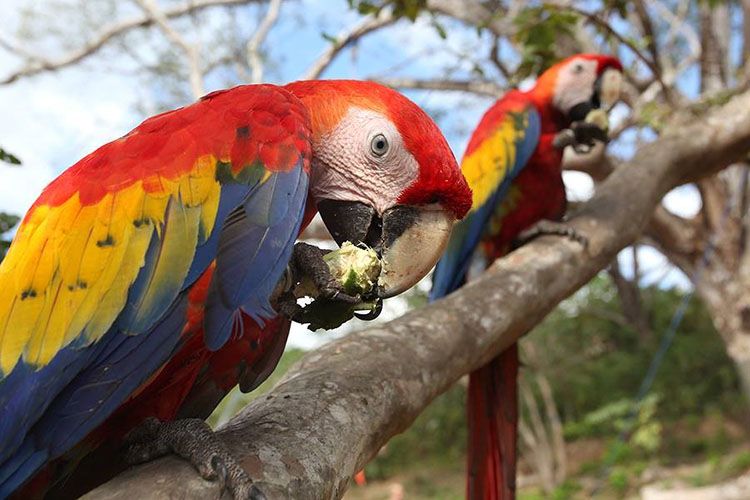
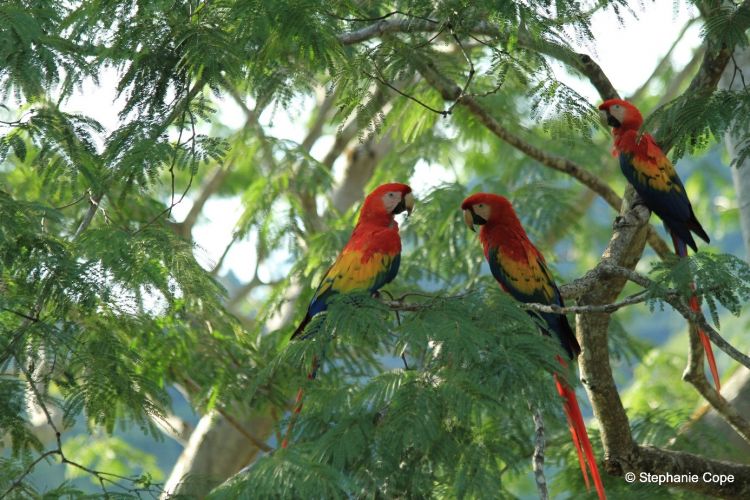
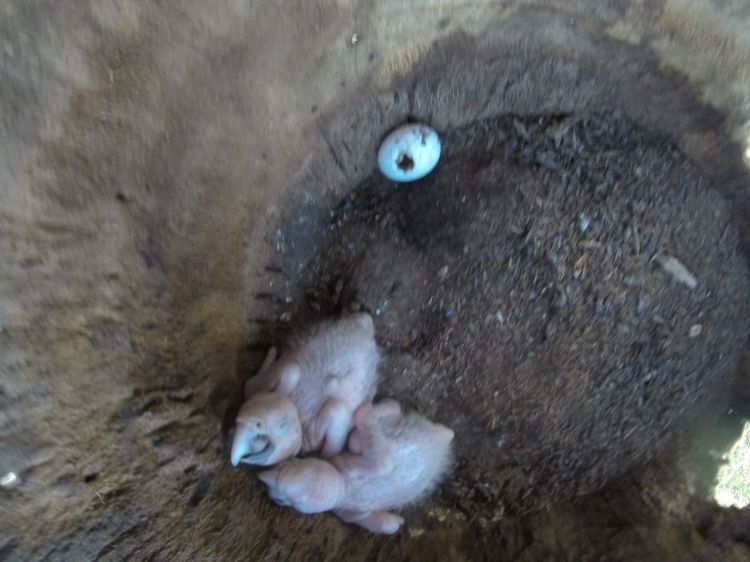
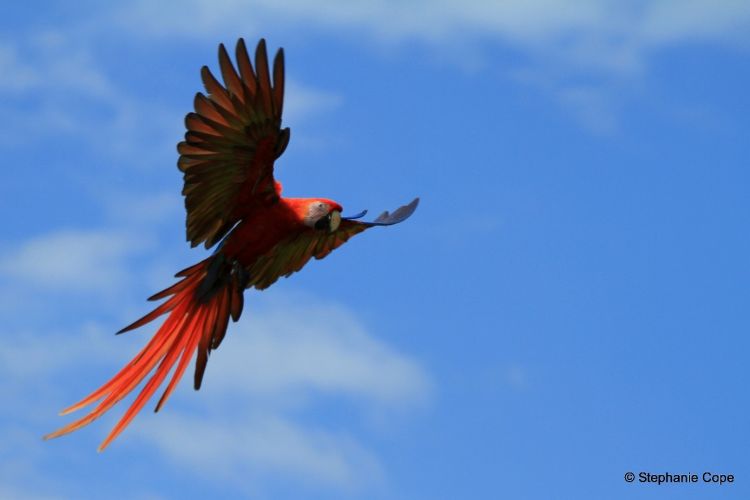
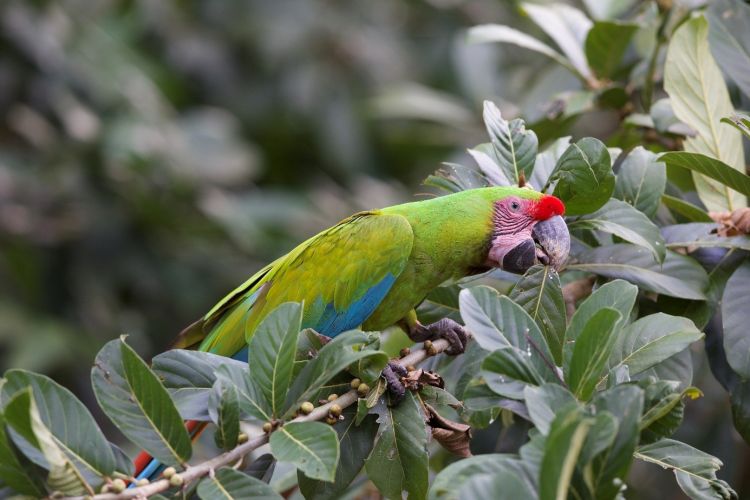
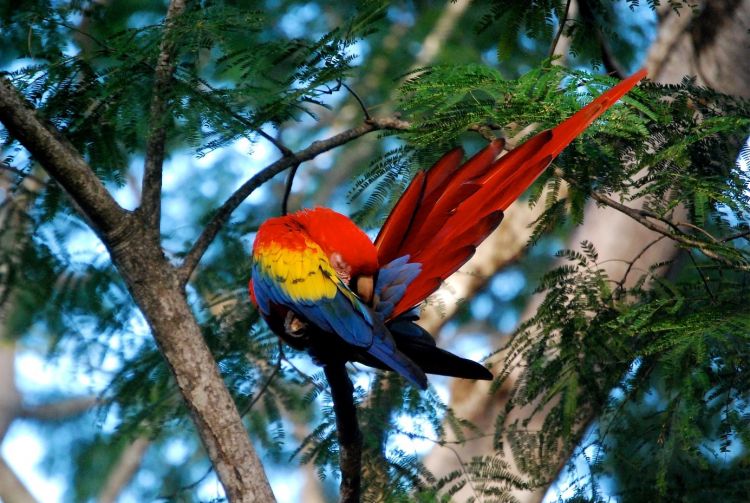










Comments
Do you have any questions or suggestions? Leave a message in the box below.